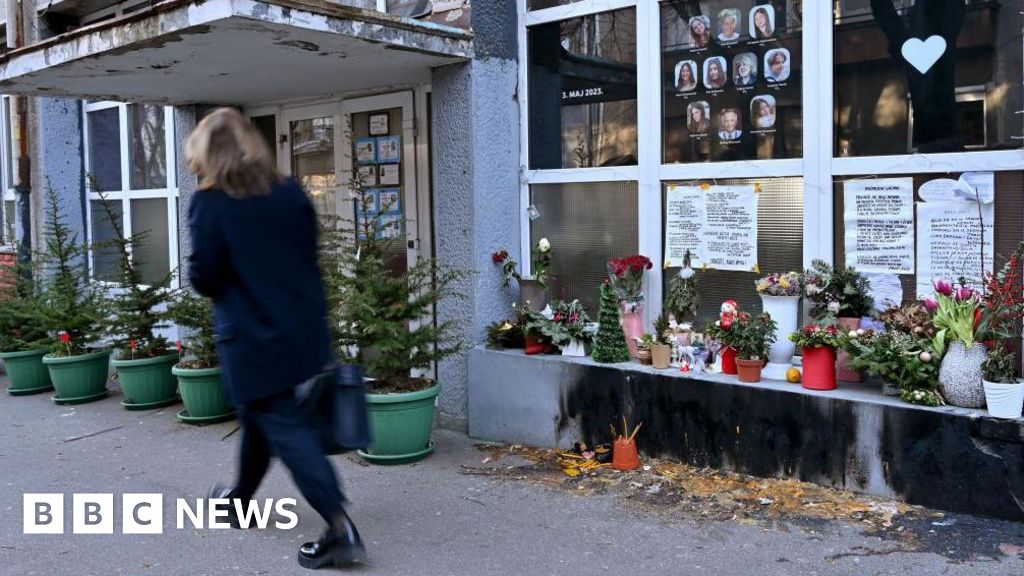Place your adverts here on InfoDig @ low rates; banner ads, sponsored links and guest articles etc. Contact us
The dollar index drifted sideways as the naira showed some strength at the official market on Wednesday, providing relief to the naira and the Nigerian capital market after a sharp decline in the last quarter.
The naira gained ground against the haven currency on Tuesday, trading at the official foreign exchange market on October 8, 2024, at N1561.76/$1 compared to N1635/$1 at the first trading session of the week, according to data from the Nigerian Autonomous Foreign Exchange Market.
This indicated that the local currency appreciated by N73.4/$ within a day at the NAFEM market.
However, the naira couldn’t reclaim the N1650/$ bandwidth in the black market, settling at N1,680/$1 on Tuesday. The Nigerian federal government announced that it has begun selling crude oil and other processed products in naira, which is expected to shore up the fortunes of the local currency.
The Coordinating Minister for the Economy and Minister of Finance, Mr. Wale Edun, disclosed that the sale of refined petroleum products and crude oil in naira officially started on October 1, 2024, following an order from the Federal Executive Council.
“The launch of this strategic initiative was confirmed by key stakeholders after a meeting of the Implementation Committee, chaired by the Minister of Finance on October 3, 2024, to conduct a post-launch review of the Naira Crude Oil and Refined Products Initiative,” the statement read.
Dollar Index Regains Bullish Momentum
This week’s scant U.S. data schedule offers a reprieve following last Friday’s robust jobs report, which sent the dollar surging and caused investors to reduce their expectations for the extent of impending interest rate cuts.
The dollar recently enjoyed its finest week in the past two years, demonstrating once more how risky it may be to bet against the US dollar if other countries are determined to keep it strong. The DXY index, which compares the dollar’s value to the world’s most popular currencies, rose more than 2% last week. This was a startling development, especially for the traders who were short on the dollar and hoping for a decline.
The explosive U.S. employment data and the subsequent reevaluation of the Federal Reserve’s interest rate trajectory contributed to the rise, but the dollar’s recovery was well underway before Friday; the payroll statistics were merely the cherry on top.
The central banks of Europe and Japan sent strong signals that any moves by the Fed to accelerate rate cuts would be met with equal measures, serving as the primary driver of the dollar’s recent rise. The Fed’s massive 50-basis-point opening salvo last month, in what it identified as a 250-basis-point easing cycle, was undoubtedly noted by global central bankers.
Investors will gain access to the Federal Reserve’s September meeting minutes later on Wednesday. These minutes will include discussions about the labor market, which had shown signs of deterioration at the time. Ultimately, all policymakers but one agreed to a 50-basis-point drop.
However, due to the strong nonfarm payroll report, markets have reassessed their expectations for a near-term Fed rate cut. According to the CME FedWatch tool, investors now see a roughly 85% chance of a quarter-basis-point drop being priced in, along with a small probability that the Fed will keep rates constant.
The pound was essentially unchanged at $1.3099, not far from its more than three-week low of $1.30595 on Monday. The euro was down 0.07% at $1.0973.















 English (US) ·
English (US) ·